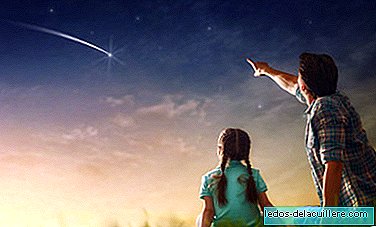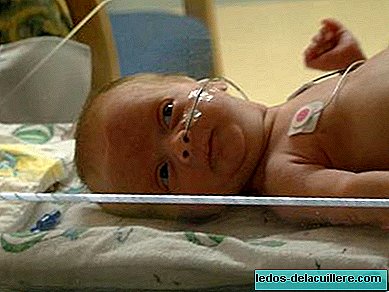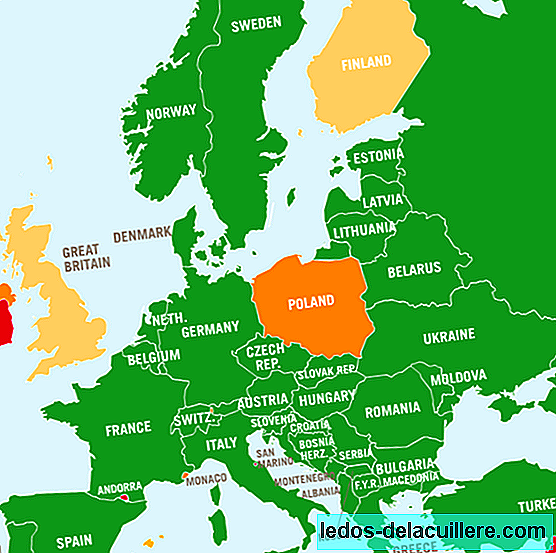
The Perseids or "tears of San Lorenzo", are a spectacular rain of stars that occurs every year at the beginning of August, and that is especially visible in the northern hemisphere of our planet.
This year, the Perseids will be much more visible than the previous year, since the maximum rhythm period will coincide with the new moon, which guarantees greater darkness in the sky. Where and how to see them? When is the best day to do it? How to explain to children what Perseids are? We give you all the keys to enjoy this magical spectacle of nature.
When will the Perseids take place?
The Perseids are also known as "tears of San Lorenzo" because they can be seen more easily in days near the festival of San Lorenzo, which is celebrated today August 10. However, this rain of stars began between mid and late July, and will last until August 22 or 24.
The phenomenon is visible in the northern hemisphere of the planet, and in Spain we can especially enjoy them between tomorrow night 11, Sunday 12 and Monday August 13.
Experts say that this year the Perseids can be observed more clearly than the past, because the moment of greater rhythm will coincide with the new moon of August 11, and therefore with greater darkness in the sky.It is estimated that tomorrow night, the Perseids cross the sky at a rate of 100-150 meteors per hour, so if we pay attention and visibility conditions are optimal, the show will be assured.
How to enjoy the rain of stars with the children?
Before observing the rain of stars, it is advisable to follow a series of tips that will facilitate the moment and help children understand what is happening:
- The first thing we should do is explain to children what Perseids are and why they occur. The explanation will not only help you to understand this phenomenon, but to observe it with greater attention. Remember the importance of using clear and accessible language at your age and understanding.
Star rains occur when the remains of rock particles and dust that comets and asteorides that orbit the sun, come into contact with the atmosphere of our planet and disintegrate, causing the light effect that we appreciate from Earth.

Experts recommend that the best is observe them without any optical instrument, not to reduce the field of vision.
Find a place as dark as possible, away from tall trees that obstruct vision, as well as any source of artificial light. The best places to see the Perseids could be the countryside, the outskirts of the cities or the beaches.
Equip yourself well for a night outing in the open. Take hammocks or blankets to lie on, as well as warm clothes in case the temperature drops. Don't forget water and snacks either.
Direct your gaze to a quadrant of the sky and do not look away for at least 20 minutes, since a change in the direction of our gaze or a turn of the head can cause us to miss a beautiful show in a matter of seconds.
Photos iStock, Pixabay
In Xataka Science This year, the Perseids will look better than usual: 6 days left












